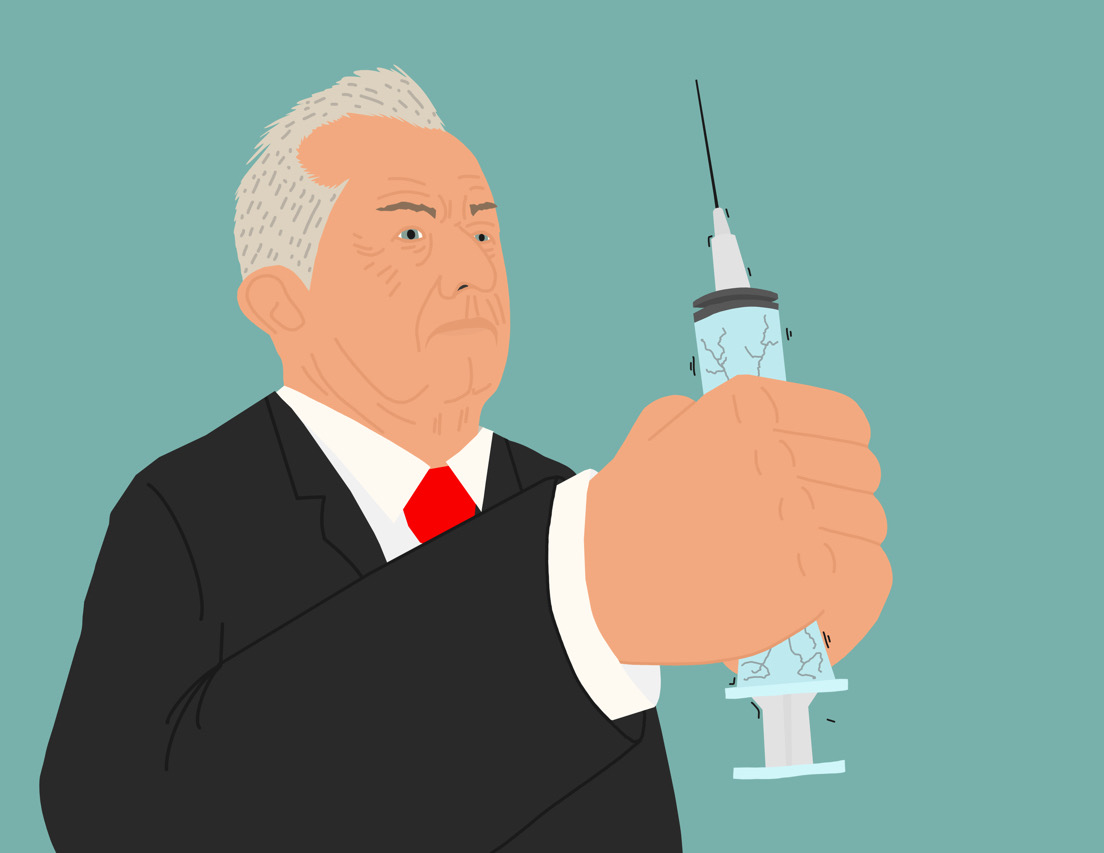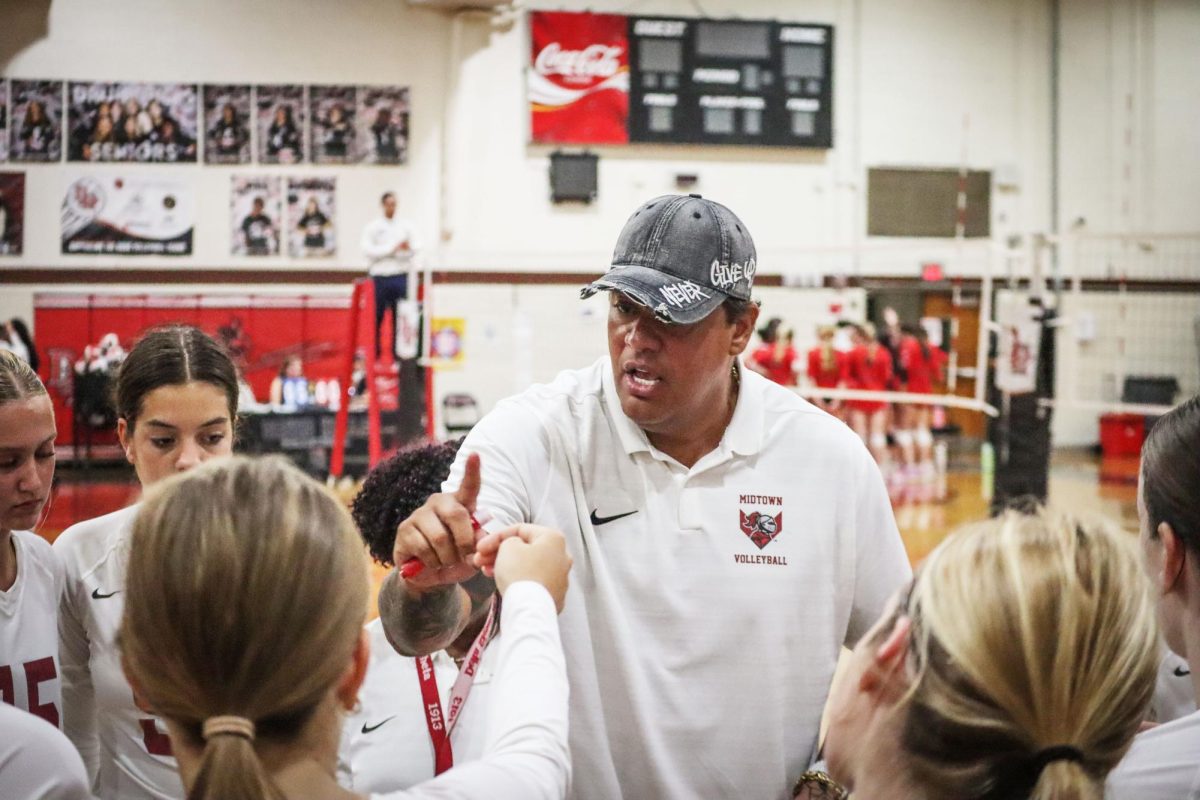President Donald Trump signed an executive order to begin dismantling the Department of Education (DOE) on Mar. 21, looking to fulfill a major campaign promise of his: eliminating the department entirely.
The president doesn’t have the power to completely shut down the DOE without congressional approval, but Trump can cripple its practical impact by replicating his strategy to get rid of the U.S. Agency for International Development (USAID): going after its workforce. In February, Trump eliminated two thousand domestic USAID positions and placed thousands more on administrative leave. While Trump never officially shut USAID down, cutting jobs and pulling funding ended its ability to function effectively.
The Trump Administration appears to be taking a similar approach to its attack on the DOE. Earlier this month, the department announced that nearly half of its staff would leave via layoffs and voluntary buyouts (a financial incentive encouraging employees to leave). The DOE seems to be headed toward the same fate as USAID, but to understand what that means for American schools, it’s first important to understand what it actually does.
Contrary to what the DOE’s name implies, it deals much more with funding, statistics and inclusion than with education itself. The department is divided into offices, including the Federal Student Aid (FSA), Institute of Education Sciences (IES), Office for Civil Rights (OCR) and the Office of Special Education and Rehabilitative Services (OSERS). The FSA manages over $120 billion in grants, work-study funds and low-interest loans. The IES collects and provides statistics in order to improve educational practices and policies. The OCR ensures the enforcement of civil rights in schools, and the OSERS works to improve education outcomes and expectations for students with disabilities. In short, the DOE doesn’t create content or dictate what’s taught in the classroom, but it does have a marked impact on American education. So, how will schools, and their students, be impacted by the department’s closure?
A weakened or closed DOE would primarily impact low-income, minority and special-needs students. The department manages Title I funding, which provides federal funding for high-poverty schools and support, such as free and reduced lunch prices, reading specialists, and reduced class sizes. If the Trump administration has its way, this funding would be handed down to states in grants. Without any federal oversight, there’s no safeguard against states misusing funds, and marginalized students become vulnerable to state neglect.
Under the Individuals with Disabilities Education Act (IDEA), which the DOE implements under the OSERS, more than 7.5 million students receive special education backed by $15 billion in funding. A threat to the DOE is a threat to these students. Additionally, without strong federal oversight in the form of the department’s OCR, millions of minority students could be left vulnerable to race and gender-based discrimination.
The department’s FSA administers Pell Grants, as well as federal student loans and loan forgiveness programs. These programs are relied upon by students across the country; in 2024 alone, around $24.5 billion was given out in Pell Grants.
While uncertain, the future of these programs isn’t entirely bleak. Programs such as Title I and IDEA are acts of Congress, and therefore cannot be shut down by the president. Instead, an effective dissolution of the DOE would likely put the funding in state hands. Although states would be given funding for these programs, there are no guarantees on how exactly they would spend it. This would create uneven implementation of former DOE programs. Despite them still technically existing, many services and protections could be limited in states which didn’t agree with their goals.
Right now, the real impact of a crippled DOE remains unclear. How exactly the Trump administration goes about reducing the department, which programs remain at a federal level and how different states implement funding all contribute to potential consequences. However, one thing remains certain: an attack on the DOE is an attack on student wellbeing.















